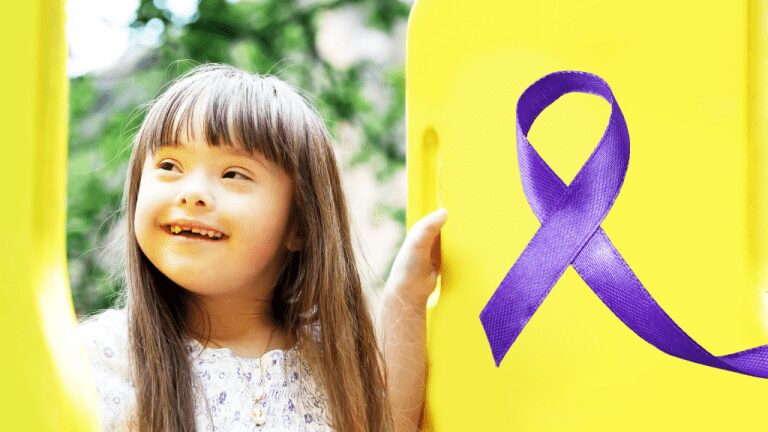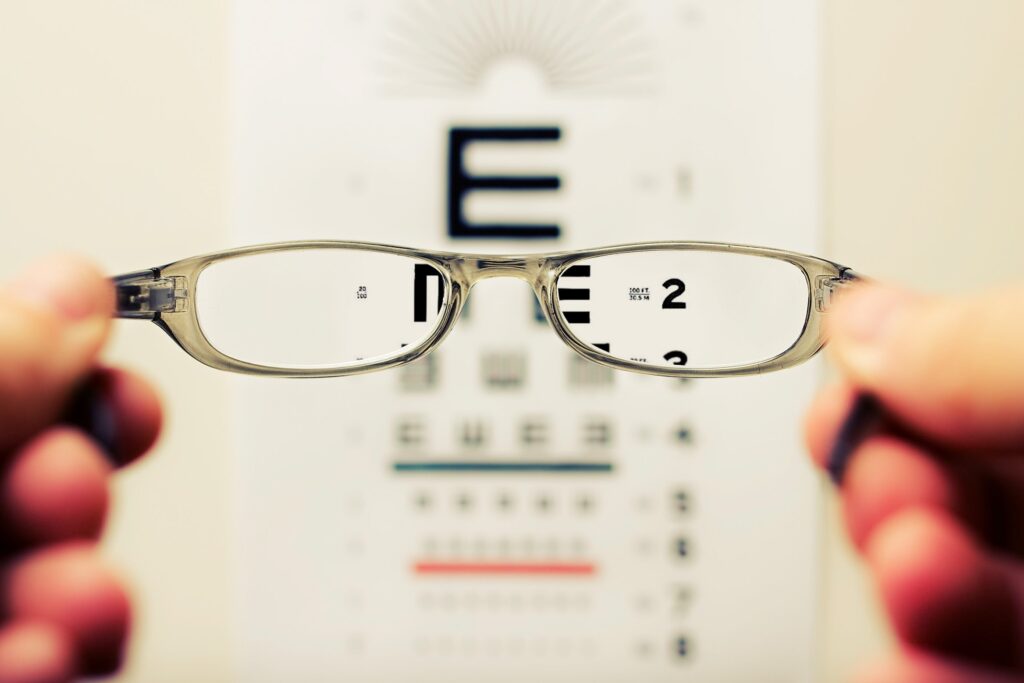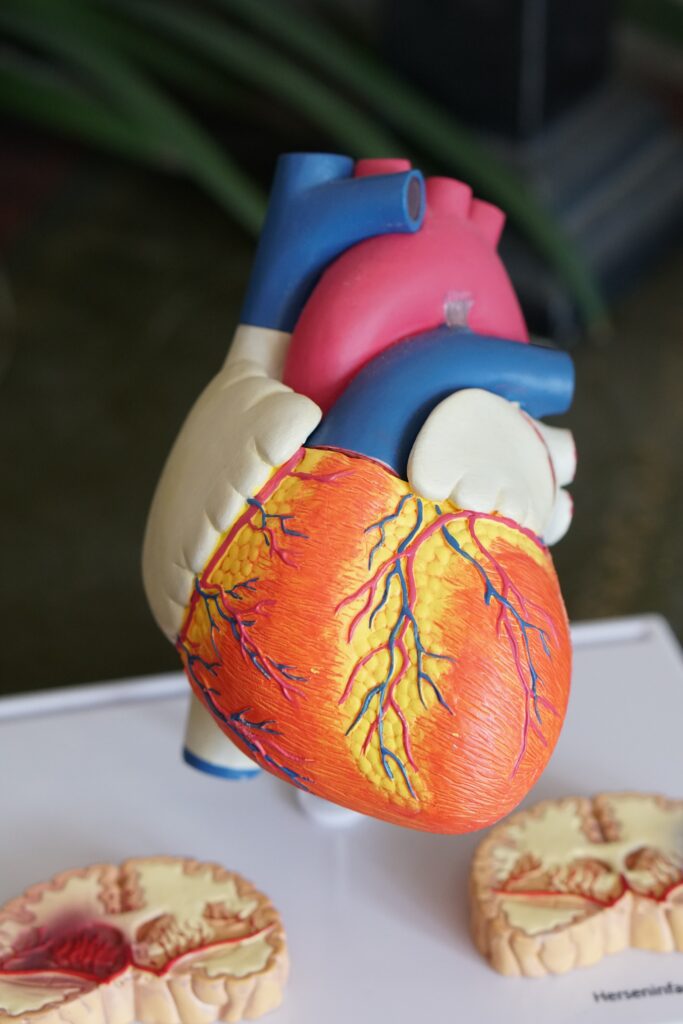
Rett Syndrome Awareness Month
October 1, 2028

Rett Syndrome Awareness Month
Rett Syndrome Awareness Month, observed in October, is a time to increase awareness of Rett Syndrome. It is also a month to promote the need for a cure. And, to spur advocacy on behalf of those suffering with the emotional, financial and physical burden of Rett Syndrome. Rett Syndrome Awareness Month educates the public that, despite the debilitating nature of this disorder, these girls are so much more than a laundry list of symptoms. Further, their strength inspires and motivates others. Wear a purple enamel awareness pin, fabric ribbon or purple silicone wristband bracelet to support Rett Syndrome Awareness Month.
Wear a Purple Awareness Pin, Fabric Ribbon or Wristband to Support Rett Syndrome Awareness Month in October!
Silent Angels
Girls with Rett are affectionately known as ‘silent angels’ because they can’t talk. In addition, they can’t walk unaided, they can experience repetitive hand movements, breathing problems, scoliosis, and seizures. Some of these ‘silent angels’ gain their wings too early and don’t survive.
Rett syndrome is a non-hereditary neuro-developmental disorder that occurs mainly in girls (about one in 10,000 girls’ births). The syndrome is characterized by normal development in the early stages of life, followed by a variety of disorders: loss of speech, loss of hands use, walking disorders, irregular breathing, and indigestion. Despite the difficulties they face, girls with Rett syndrome have smart and expressive eyes. They make contact with their surroundings with their eyes. They are active, vital, and full of joy. For this reason, around the world they are fondly called “Silent Angels.”
What is Rett Syndrome? Rett syndrome is a neuro-developmental disorder.
It is characterized by typical early growth and development, which is then followed by:
Age of onset, severity of symptoms, and how it varies from child to child.
There are often subtle differences even in early infancy and toddlerhood, such as:
- Loss of muscle tone (hypotonia).
- Difficulty feeding.
- Jerkiness in limb movements.
- Problems crawling or walking.
- Less eye contact.
- The loss of functional use of the hands is followed by compulsive hand movements such as hand wringing.
- The onset of these symptoms is sometimes sudden.
Who is more likely to get Rett syndrome?
Any racial or ethnic group can experience Rett syndrome. Rett syndrome most commonly affects girls, although boys are also (rarely) affected. Boys are usually more severely affected than girls.
Nearly all cases of Rett syndrome are caused by a mutation in the methyl CpG binding protein 2, or MECP2 (pronounced meck-pea-two) gene. The MECP2 gene contains instructions for the synthesis of a protein called methyl cytosine binding protein 2 (MeCP2), which is needed for brain development and acts as one of the many biochemical switches that activate and deactivate gene functions. Because theMECP2 gene does not function properly in individuals with Rett syndrome, they may have too little MeCP2, or the MeCP2 they do have doesn’t work properly.
Not everyone who has an MECP2 mutation has Rett syndrome.
Scientists believe some cases may be caused by partial gene deletions, mutations in other parts of the MECP2 gene, or additional genes that have not yet been identified. Genetic and environmental factors can contribute to differences in the severity and types of symptoms found in individuals with Rett syndrome.
Although Rett syndrome is a genetic disorder, less than 1% of recorded cases are passed from one generation to the next. Most cases are spontaneous, which means the mutation occurs randomly. However, in some families of individuals affected by Rett syndrome, other family members have a mutation in the MECP2 gene. Families that already have an identified MECP2 mutation can get genetic testing to identify if they are carriers of the disorder.
Other Genes Involved
Researchers also are trying to find other genes that may be involved in Rett syndrome. Some studies have helped to narrow the search for these genes, but much is still unknown about how these genes may cause or contribute to the disorder.









